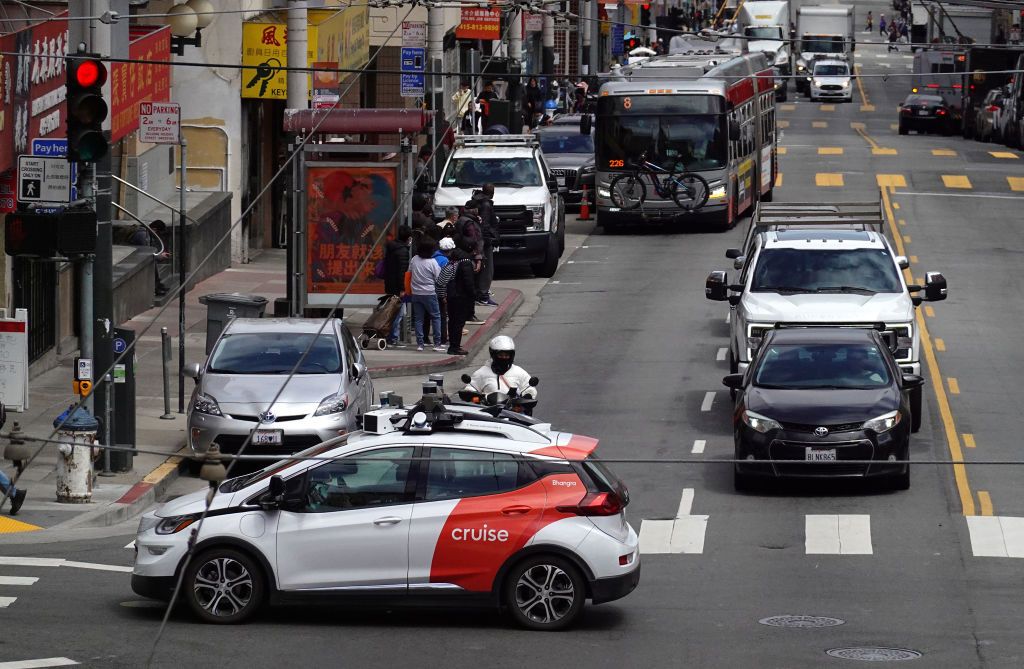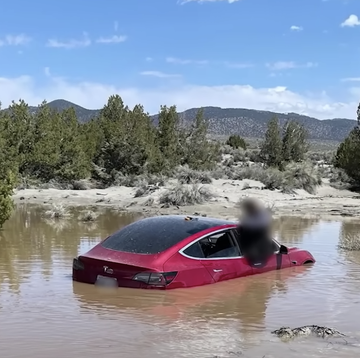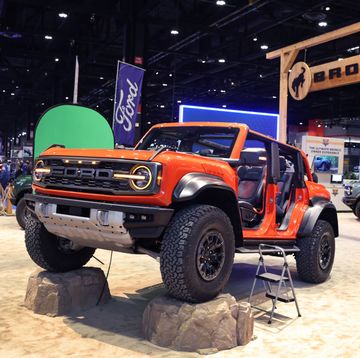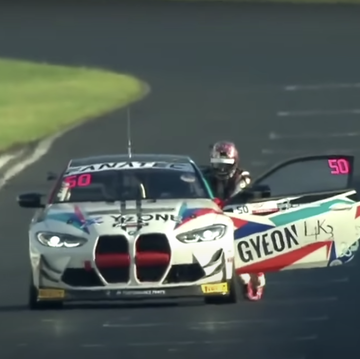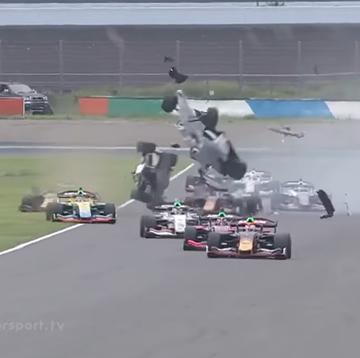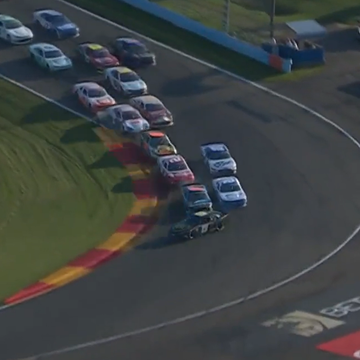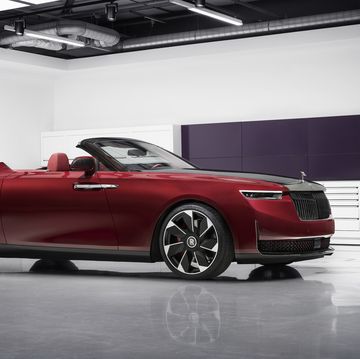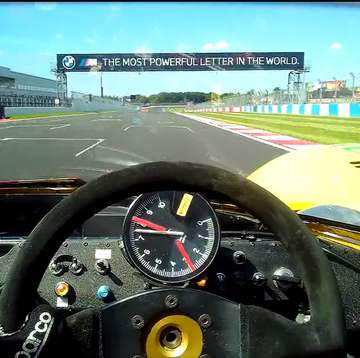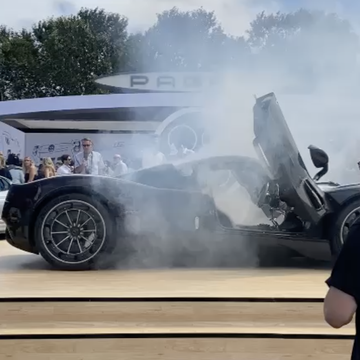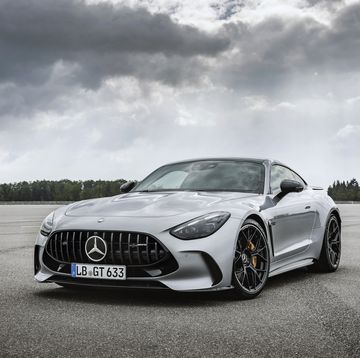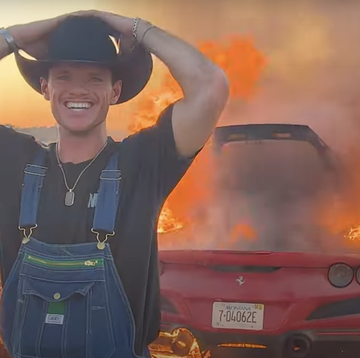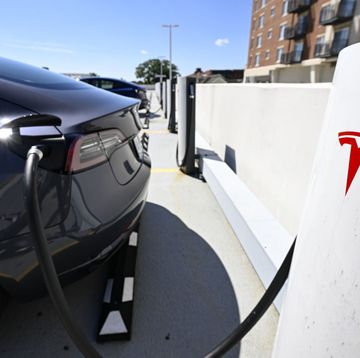Cruise, the autonomous car operation owned by General Motors, has been asked by the California Department of Motor Vehicles to halve its operations in and around San Francisco. The request comes after a crash into an emergency vehicle on Thursday night.
The incident on Thursday saw a Cruise autonomous car carrying a passenger struck by a fire truck at an intersection. According to a post by the company, the car entered an intersection with a green light when it was struck by the truck with blaring sirens as it was responding to an emergency. The passenger was treated for what Cruise calls "non-servere injuries."
In a statement sent to Bloomberg and other outlets on Friday, the California DMV announced a 50% reduction in the allotted size of the Cruise fleet in San Francisco while an investigation into the crash continues. The department added that "Safety of the traveling public is the California DMV's top priority. The primary focus of the DMV's regulations is the safe operation of autonomous vehicles and safety of the public who share the road with these vehicles... The DMV reserves the right, following the investigation of the facts, to suspend or revoke testing and/or deployment permits if there is determined to be an unreasonable risk to public safety."
A statement from Cruise describes the car's challenges in identifying this specific situation and the attempts it made to avoid the collision with the information it had. The company notes "168,000 interactions in just the first seven months of this year alone" with other emergency vehicles before this crash, adding "We realize that we’ll always encounter challenging situations, which is why continuous improvement is central to our work. We will continue to work in partnership with regulators and city departments on EMV interactions to reduce the likelihood of incidents like these happening again."
The company's operations in and around San Francisco have been under fire in a series of unrelated events throughout the past week. The incident with the emergency vehicle is by far the most alarming, but Cruise and its robotaxi fleet have also been blamed for stopping traffic after a music festival, driving cars into wet cement, becoming a hotbed for sexual activity, and even stalling the San Francisco Giants offense in just the last few days. All of that has come since the city's robo-taxi program, which currently allows both Cruise and the Google-owned Waymo to operate, was given permission to expand on August 10th.
After the cut, Cruise will be down to 50 cars operating in the daytime and 150 available at night. That reduction should cut down on the number of more strange and innocuous incidents around the city, if nothing else.
